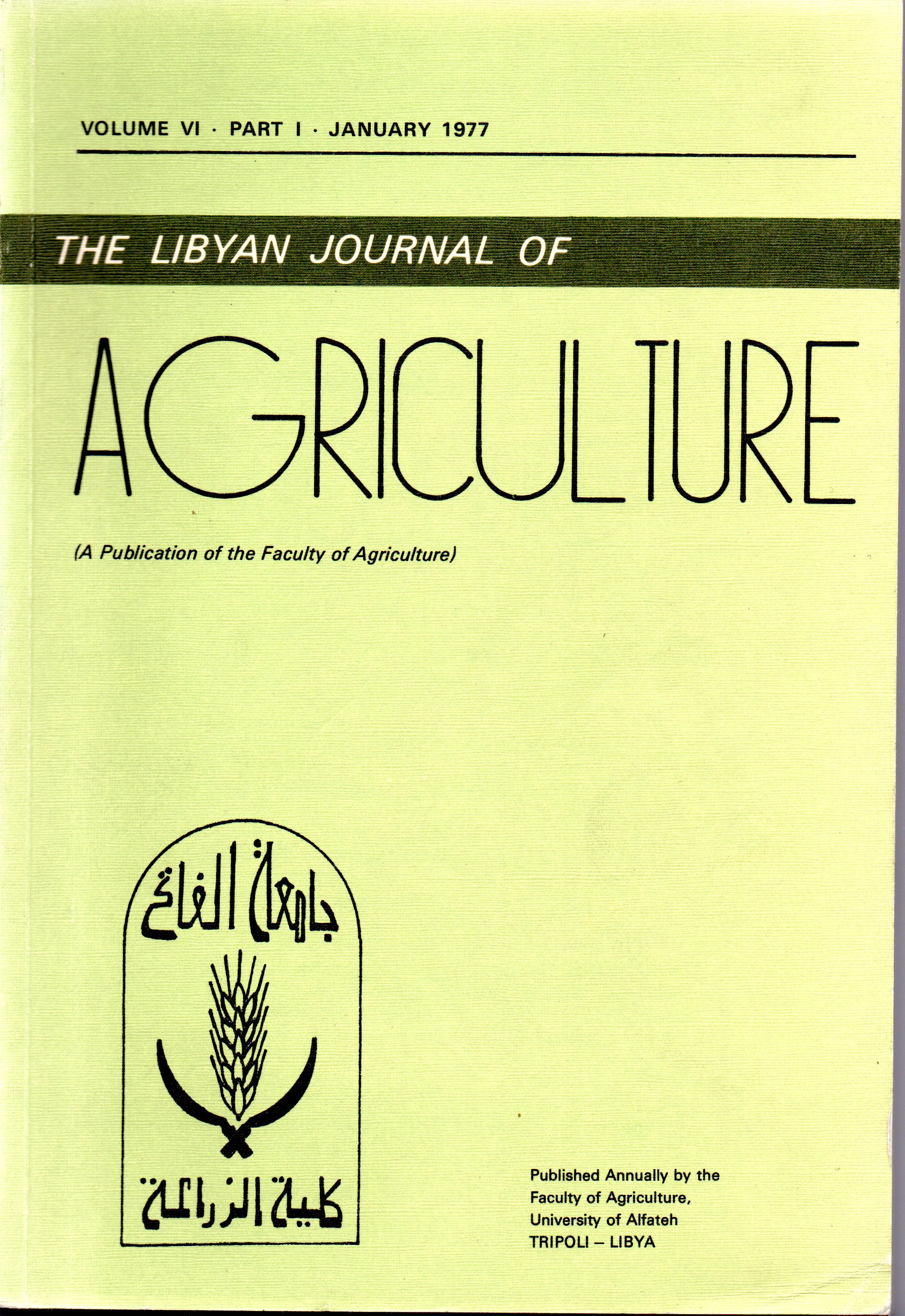Male Sterility in the Egyptian Onion (Allium cepa L. cultivar Behairy)
Main Article Content
Abstract
The frequencies of factors controlling male sterility in the Egyptian cultivar, Behairy, were determined. Male sterile plants were found with a frequency of 0.00159. The frequency of the chromosomal factor ms was found to beO.73, and that of the cytoplasmic factor S to be 0.003. The expected frequencies of the six possible genotypes were calculated under the assumption that the population is at equilibrium under random mating and ignoring the very low frequency of male sterile plants that do not form viable pollen grains.
The results indicated that the situation in the Egyptian onion cultivar Behairy is favourable for hybrid onion breeding. A hybrid programme in Behairy should concentrate on developing inbred lines and making test crosses to identify the genotype N ms ms. Therefore, the production and maintenance of lines essential for the hybrid production will be simplified. In such a breeding programme, attention should be given to eliminate through selection the undesirable characters in Behairy bulbs, such as thick neck and shades of redness. Inbred lines of Giza 6 Mohassan cultivar could be used in such a programme.

